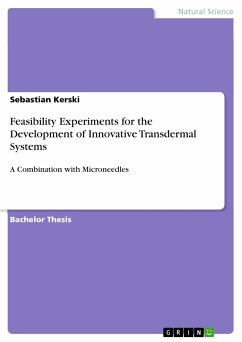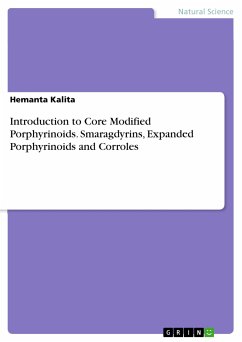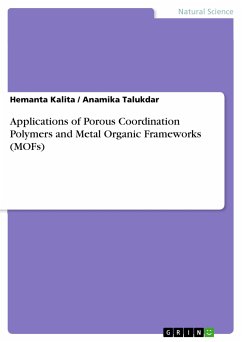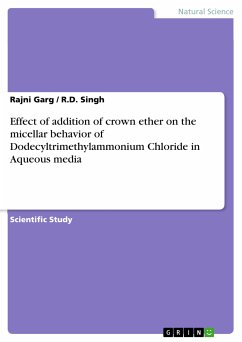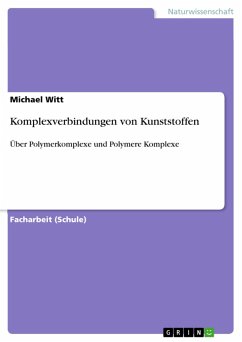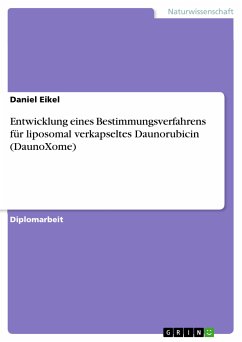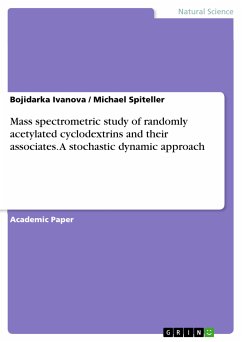Bachelor Thesis from the year 2015 in the subject Chemistry - Macromolecular Chemistry, Polymer Chemistry, grade: 1,3, Zuyd University of Applied Sciences, language: English, abstract: The aim of this work was to test the in-vitro permeability of APIs (active pharmaceutical ingredients) across perforated and unperforated skin. Both, traditional adhesive matrices and hydrogel matrices were developed and tested. The result of this work is that it is possible to deliver model substances greater than 500Da through the skin barrier by perforating the epidermis. Transdermal therapeutic systems (TTS) are dosage forms developed to transport an active pharmaceutical ingredient through the skin. This is done by applying a patch to the skin and is therefore a pain-free method. Since the establishment of this method, TTS have been a good alternative to traditional dosage forms such as tablets, injection needles and suppositories. However, there is a crucial limit to TTS. APIs which are significantly greater than 500Da (500g/mol) cannot pass through the skin barrier. As several publications (cf. Cormier et al., 2004, Roxhed, 2007 and Yu et al., 2015) have shown, there is a possibility to transport APIs which are greater than 500Da through the skin. Combining TTS with microneedles (MN) is a way to produce microchannels through which the API can then pass the skin barrieCustomary MN systems were not sufficient to perforate the skin barrier. Hypodermic needles, however, are suitable to perforate the stratum corneum (SC). Consequently, the combination of TTS technology with MN technology is possible and should be further developed. Nevertheless, suitable MN have to be found. Hollow needles which are incorporated into a hydrogel matrix are a very promising option for a future product.

